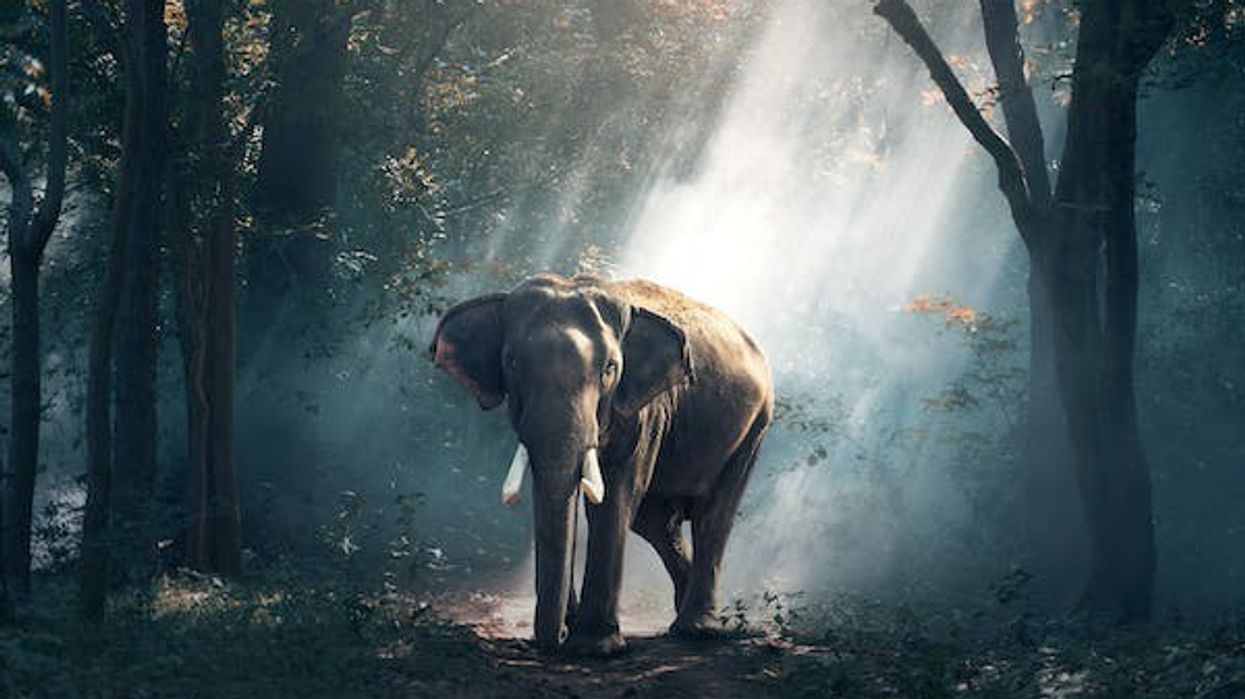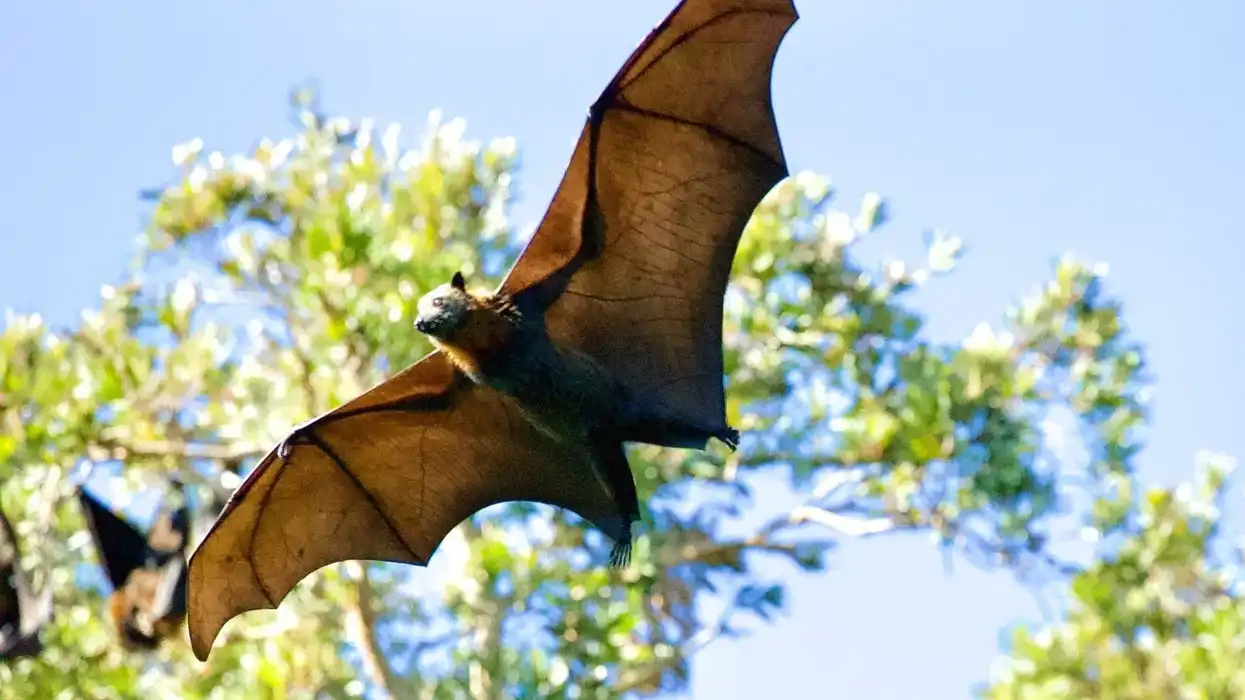The northern elephant seal (Mirounga angustirostris) is a seal species that belongs to the Mammalia class, Phocidae family.
Part of the Mirounga genus, they are one of the two elephant seals present on the planet.
The other type is the southern elephant seal, which is most commonly found in places such as the South Atlantic and the South Indian Ocean, whereas the northern elephant seal is more common in the North Pacific Ocean region.
The habit of the northern elephant seals starts from Alaska and goes all the way to California and Mexico, which is why many are found in Baja California.
Research has shown that their population is most probably around 150,000 currently. This comes after a miraculous shift in the early 1900s, which caused the population to rebound to its original size.
Talking about size, on average male elephant seals has a weight of around 3306-5070.6 lb (1500-2300 kg), while females have a weight of around 881 - 1984 lb (400 - 900 kg).
If you do your research, you will be able to easily find the exact places where one can spot southern elephant seals in the Atlantic Ocean and where the northern elephant seals can be found in Baja California.
If you would like to read other interesting articles such as this one which delves into various fun research topics such as the northern elephant seal migration pattern, you should check out southern elephant seal facts and elephant seal facts.
Northern Elephant Seal Interesting Facts
What type of animal is a northern elephant seal?
The northern elephant seal (Mirounga angustirostris) is a type of seal commonly found in the Northern Hemisphere. Most commonly in the Pacific Ocean and in the North Pacific region. It belongs to the Mammalia class and the Phocidae family.
What class of animal does a northern elephant seal belong to?
The northern elephant seal is a mammal, and it belongs to the Mammalia class. These elephant seals are often also identified as marine mammals since they also live in the sea as well as on landmass.
How many northern elephant seals are there in the world?
Although there is no exact number available on the number of northern elephant seals currently present in the world, we do have a rough estimate. Supposedly, there are currently around 150,000 northern elephant seals in the world.
Where does a northern elephant seal live?
They are commonly found in the Pacific Ocean, most commonly found in the central as well as the eastern parts of the North Pacific region.
In terms of range, they have been found in some parts of Alaska as well as Mexico, so they are spread out over a large distance on coastal areas as well as on the water. Many are currently present in the Channel Islands near California, the Aleutian Islands, and Baja California, which is situated in Mexico.
They can also be spotted along the shores of Washington and Oregon, as well as near the Gulf of Alaska.
What is a northern elephant seal's habitat?
They are found on the shores of coastlines, which may be muddy, rocky, or sandy. These coastlines may be of major continents or islands. They spend most of their time in frigid Antarctic waters and the rest (only 10%) on land. These seals are known to dive pretty deep and spend a lot of their time underwater.
Who does the northern elephant seal live with?
On land, these marine mammals typically gather around in groups, especially during the breeding season. Males are polygynous, so they often have a harem of females that are available for them. Dominant males end up breeding more pups since they are able to reproduce with more females.
After females have weaned their pups, they leave them alone on the land and return to the sea. These pups then form groups of their own and learn how to swim and protect themselves. These groups of young pups are called 'pods'.
How long does a northern elephant seal live?
Females tend to live longer than males and usually live up to the age of 19 years, whereas males only live up to 13 years. Males start aggregating females and creating polygamous groups when they reach maturity, which is generally when they are around 10 years old.
How do they reproduce?
There is a very distinct hierarchy within this species, especially among the males, since they tend to be polygamous.
Dominant seals end up attracting more females because they exude more sexual characteristics.
The total gestation time before birth is around a year; therefore, the birthing and mating periods are synced together and end up happening around the same time, between November and March.
During the process of reproduction, the embryo is attached to the outer wall, and after the pup is born, it takes them about 27 days to find its feet and be weaned off.
In the period of the breeding season, members of this species often head over from the sea to certain places such as Año Nuevo, Point Reyes, the Channel Islands, and Piedras Blancas.
What is their conservation status?
The International Union for Conservation of Nature or the IUCN Red List has listed this species as of Least Concern.
Northern Elephant Seal Fun Facts
What do northern elephant seals look like?

Every year, northern elephant seals molt and pups molt, which means they shed their hair and the top layer of their skin. Adult males are generally brown or grey after they mature.
On the other hand, the females in this species are a light tan color. After the birth of these elephant seals and during their weaning period, they tend to be black.
However, once they molt, they turn into a shade of light silver. Finally, they transition into a dark brown or grey color.
Adult males have a proboscis, a body part that resembles an elephant's trunk and is generally longer than the one the southern elephant seal has. Males also tend to have pretty large canine teeth, which can help in fighting off the competition during the breeding season.
How cute are they?
These elephant seals are generally very large and not very aesthetically appealing. Due to their mass and general demeanor, most do not perceive them to be cute.
How do they communicate?
Their main methods of communication include making sounds, being tactile, and through chemical routers. These elephant seals derive their name from the males' large snout, often called a proboscis, which often resembles an elephant's trunk.
Through this body part, they make very loud roaring noises, more so when they are engaging in a competition during mating season. They also make a clapping noise. A young pup will make noises when it wishes to be fed by its mother.
Females also make different types of calls to their pups and to predators or other threatening females. These elephant seals are also known to make low-frequency sounds.
How big is a northern elephant seal?
When it comes to their overall measurements, males come to around 157 in - 196 in (400 - 500 cm), while females are generally somewhere between 98.4 - 141 in (250 - 360 cm) in overall length.
In comparison to the southern elephant seals, which on average have a length of 145 in (370 cm), these elephant seals are slightly smaller.
On the other hand, the ringed seal is way smaller in comparison, only reaching an average length of 51.1 in (130 cm).
How fast can a northern elephant seal move?
The elephant seals use their fins to move from one place to another at a relatively slow speed. Their average speed is generally 5 mph (8 kph).
How much does a northern elephant seal weigh?
Male northern elephant seals weigh somewhere around 3306-5070.6 lb (1500-2300 kg) and are heavier than most females. On the other hand, female northern elephant seals weigh somewhere between 881 and 1984 lb (400 - 900 kg).
What are the male and female names of the species?
Male seals are often called bulls, while females are called cows. Aside from these general distinctions, there are no sex-specific differentiators that are used to describe adult females and males.
What would you call a baby northern elephant seal?
A baby northern elephant seal is often called a pup before it reaches full maturity at the age of 9 or 10 years. A northern elephant seal pup can often be spotted on Año Nuevo, as many are born there every year.
A pup is black in color till it is weaned, after which it will molt and turn into a shade of silver. Aside from these animals being pinnipeds, the young of other pinnipeds, including sea lions, walruses, earless seals, and grey seals are called pups.
What do they eat?
This species identifies as carnivorous, so they consume a variety of marine life such as fishes, squid, octopuses, penguins, rays, and mackerel. Since these elephant seals spend a majority of their time in the water, they have adapted to living in the sea and can swim to quite low depths.
This allows them to consume bottom-dwelling fish and marine life.
They need to be careful, though, since they may encounter predators in the sea, such as small sharks. When it comes to the northern elephant seal diet, one will find that their food mainly consists of small marine creatures.
Are they poisonous?
There is no verifiable record of the northern elephant seal (Mirounga angustirostris) being poisonous.
Would they make a good pet?
In some countries is against the law to touch northern elephant seals, and a certain amount of distance needs to be maintained between the human and mammal. This applies to adult northern elephant seals as well as elephant seal pups. However, their behavior will not be very aggressive once they get used to a human.
Did you know...
Northern elephant seals are pinnipeds, marine mammals that possess fins and are carnivorous.
What is a fact about elephant seals?
The Act that protects marine elephant seal males and females in the United States is called the Marine Mammal Protection Act of 1972.
Their biggest predator happens to be the great white shark.
Can an elephant seal kill a human?
While male seals are often considered to be aggressive, especially when they're breeding, there haven't been a lot of cases of elephant seals injuring humans. There have been some reported attacks on other seals, a dog, and a surfer alongside the Russian River.
Therefore, it is always better to be on the cautious side when approaching any northern elephant seal habitat.
Here at Kidadl, we have carefully created lots of interesting family-friendly animal facts for everyone to discover! Learn more about some other mammals from our leopard seal facts and harp seal facts pages.
You can even occupy yourself at home by coloring in one of our free printable northern elephant seal coloring pages.









